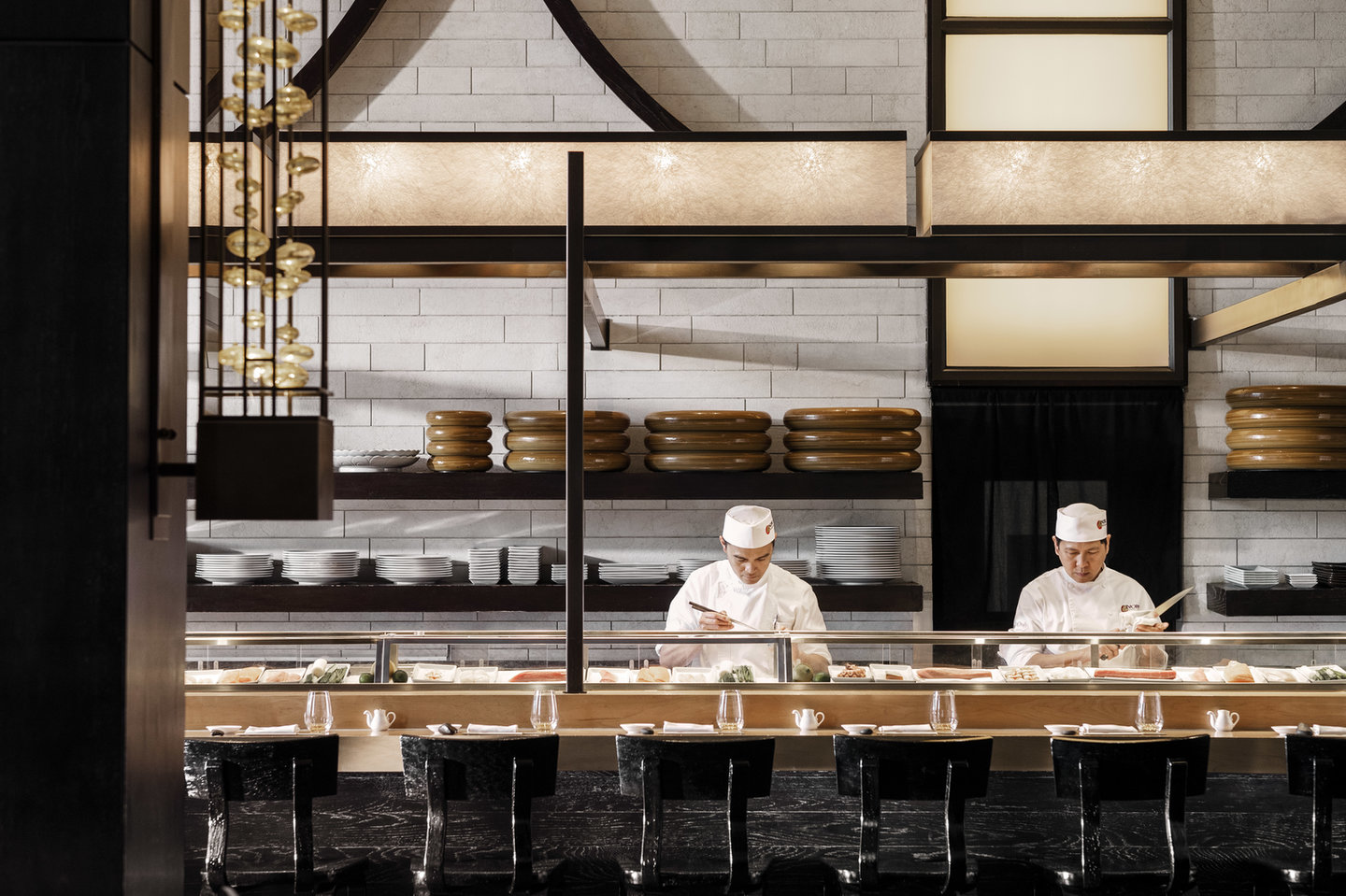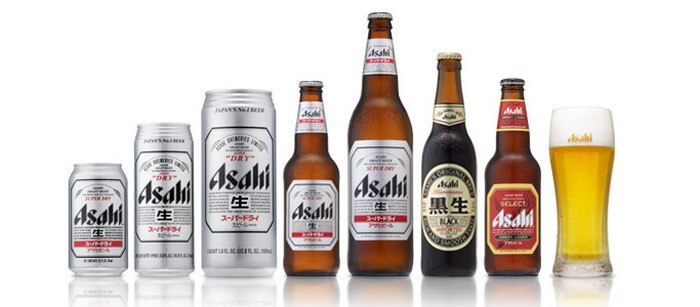
Think you know beer? Think again. Japanese beers show how interesting the humble brew can be, writes Clifford Roberts.


Japan’s just a great country. Ever laid eyes on a Toyota 2000GT? Who can forget Hokusai’s Thirty-six views of Mount Fuji? What a magnificent embodiment is The Samurai?
As for its drinks, it’s time to take a fresh look at them – thanks, strangely enough, to our current food preferences. Like Japanese whisky, beer from the Land of the Rising Sun has benefited from epicurean vagaries. They all surfed in on the wave of Asian fusion cuisine behind a boom in everything sushi, ramen, noodle and seafoody.
It’s perhaps also the reason that Japanese beer here is almost exclusively encountered in restaurants. Before delving into the brands however, a brief history lesson may be in order.
The story of beer in Japan makes for great reading for two reasons. Divine pursuits had more than a little to do with the drink flourishing on those distant shores, plus, there’s a tenuous link to our own South African history.
Francis Xavier is as good a person as any to lead us in. When the Spanish Jesuit landed in Japan in the mid 1500s, it was with hopes of spreading the gospel in a country no other missionaries had visited. What he found was turmoil.

One of the few places locals can engage with Japanese brews are at restaurants such as Cape Town’s Nobu.
Portuguese traders had been in Japan a few years prior to Xavier’s arrival. They were followed by the first Dutch ship in April 1600. Ironically, the vessel called Liefde (Love), left Rotterdam with five others vessels, all armed to the teeth and on a mission to raid and plunder strongholds of their competitors. Only Liefde successfully made the destination in the east.
Nonetheless, the Dutch soon founded the East Indian Company (VOC) that henceforth administered Netherland’s global aspirations. Around this time too, Japanese leaders grew weary of missionaries and proceeded to ban all Europeans from trading in the area – except for the VOC. With beer not only being a part of Dutch culture by this time, but also ever-present on their ships, it didn’t take long for this new curiosity spread among the locals.
By the time the VOC had established their replenishment station at the Cape of Good Hope, the Dutch had strong relationships in Japan. Many traces of their influence persist to this day too – the Japanese word for beer, derives like the Afrikaans, from Dutch. So biiru just rolled off the tongue for all those lucky South Africans who attended the Rugby World Cup. Of course, the Dutch were in Japan’s foreground again at this event because Heineken was the official coin toss sponsor.
" Beer from the Land of the Rising Sun has benefited from epicurean vagaries. They all surfed in on the wave of Asian fusion cuisine behind a boom in everything sushi, ramen, noodle and seafoody. "
Japan’s biggest brands – and those you’re likely to encounter on South African shores – are dominated by four names. Asahi Breweries was founded in 1949, launching its most recognisable “Super Dry” brand in 1987. The Kirin brand was officially launched in 1888 as a “German-style lager”. Suntory was built on wine and whisky but launched its famous beer brand in 1963. Sapporo beer first went on sale in 1877.
Then, there’s Orion, a brand that trails the others though retains a share of the top order.
How they got to be so big perhaps shares many links with our local beer history too. Advantage came from orchestrations during socio-economic upheaval. Illuminating the evolution of the industry and its influences not only from the Dutch, American historian Jeffrey Alexander writes in Brewed in Japan (2013):
“The story of the first phase of the industry’s development thus conveys the significant, lasting influence of its initial German character and the great depth of the technical, logistical, commercial and economic pressures that faced its major firms between the 1870s and 1945.
“The second phase of the beer industry’s evolution ... Japan’s post-war era began with a seven-year military occupation that maintained many wartime brewing agencies and regulations, but the war had set the stage for the industry’s swift revival and the discovery of its own, domestic identity.”

When, more recently, the micro brewing revolution took off in the US, Japan felt its ripples too. Not only have brewers applied fastidious development of beers with traditional ingredients like fish flakes, herbs, soya beans and black rice, but they’re beers that are especially popular in restaurants.
In Cape Town, Nobu at the One&Only stocks some of the big brands because they’re a standard part of the format. Asahi is most popular, says Rayham Rahman who manages the branch. “There’s a steady demand for them, especially from people who are regular visitors to Nobu.”
BACK TO TOP